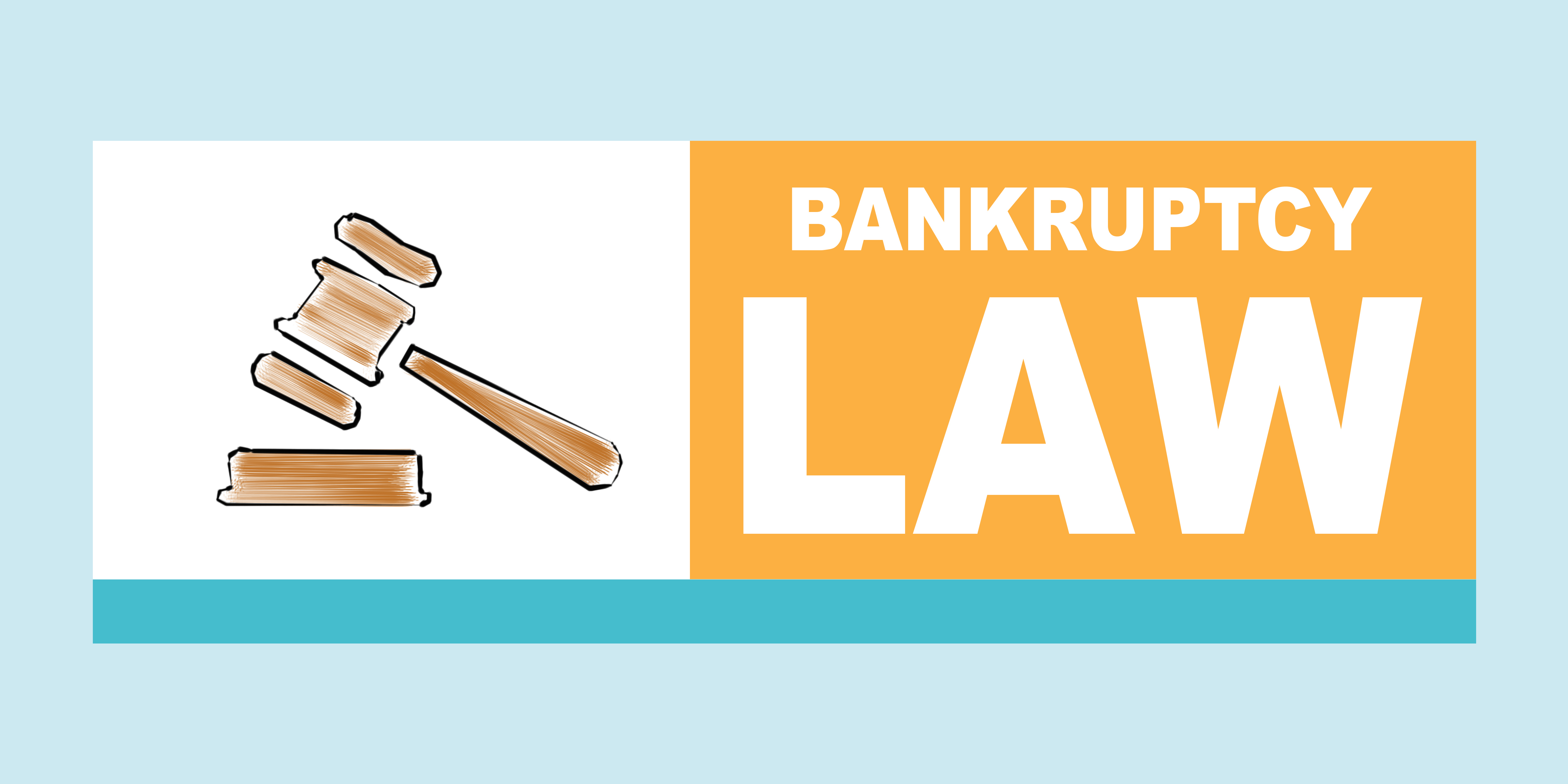Our clients, a married couple having financial difficulty, decided to file a chapter 13 bankruptcy petition, which required them to propose a plan to pay their creditors over several years. One of their creditors had financed the purchase of their truck and had a security interest in this vehicle. Our clients proposed to pay this creditor the actual value of the truck as a “secured claim” and pay the remaining amount due under the contract as an unsecured claim, an arrangement commonly known as a “cram down.” The secured claim was to be paid in installments and the question was how much in interest they were legally required to pay on this part of the claim. The creditor argued for 21% because the financing contract specified that rate. The Plan, on the other hand, argued for 9.5%, representing a prime rate of 8% plus a “risk factor” of 1.5%. This question was aggressively litigated in the bankruptcy court and on appeal in the federal court. The federal court eventually decided in favor of the creditor.

Because this issue was vital to many participants, the Plan decided to appeal the case to the U. S. Supreme Court. In a key decision interpreting bankruptcy law, the Court decided by a 5 – 4 margin that the Plan was correct and that 9.5% was an appropriate interest rate. As a result of this case, consumers who file for bankruptcy under chapter 13 are no longer stuck with high and often exorbitant contract rates when paying interest on secured claims in cram down situations.
Other than the UAW Legal Services Plan, it is unlikely that any law firm would have litigated this important issue in the Supreme Court. Justice Ginsburg acknowledged this when she commented that not every debtor has access to legal services as do UAW members through their prepaid legal services plan.